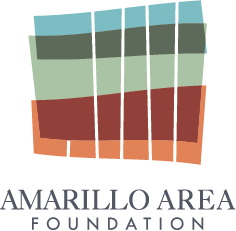

Amarillo Area Foundation: Tell us about yourself…
Barbara Whitton: Most importantly, I am a wife and partner to my husband of 37 years, Jim Whitton. We do not have children, but I have many other family members in Amarillo and the Texas Panhandle whom I treasure; we all descend from early pioneers to this area. Jim’s family lives in North Carolina and we are close to them, too.
Jim and I are members of St. Andrew’s Episcopal church where I was also employed for 15 years. I now serve in a lay leadership role at St. Andrew’s as the Sr. Warden. Prior to living in Amarillo, Jim and I lived in New York City where we met and married. Jim and I co-owned and operated a theatrical talent agency which represented actors and models for television, film, and theater.

I am now officially retired from paid employment, so I occupy myself as a community volunteer. I do consider myself a philanthropist which Merriam-Webster defines as “one who makes an active effort to promote human welfare.” Through St. Andrew’s, I’m currently helping with the effort to resettle Afghan refugees in Amarillo. I have served on boards for Amarillo Habitat for Humanity, Interfaith Campaign for the Homeless, and Friends of Aeolian-Skinner Opus 1024. I recently joined the Community Advisory Board for High Plains Public Radio.
Jim and I are champions of numerous non-profits in Amarillo and beyond. I think the overarching theme of our giving is community building. We all fit into many different communities whether they be our church, a community of music lovers, or the community of human beings who inhabit this planet. Some of the areas that Jim and I are drawn to include arts and humanities; poverty mitigation and economic development; literacy and education; civic engagement; nature and the environment.
AAF: What is your first memory of giving a philanthropic gift?
BW: My first memory of giving a philanthropic gift is also my first memory of meeting my husband. We were both living in New York and doing volunteer work at the time. We were at a call center in Midtown Manhattan where I was enrolling people into a personal growth workshop. He was raising money for an organization called The Hunger Project (THP). He needed to enroll one more person as a “Financial Family Member” to meet his goal for the evening. But it was too late to make calls, so he approached me. I said, “yes,” and the rest is history!

AAF: What is your favorite charitable gift you have ever given?
BW: Instead of a favorite one, I will share a recent gift that Jim and I made. Through The Panhandle Gives, we made a contribution to The Refugee Language Project for a refugee community center in Amarillo. Last week, we visited The Place, as it is called, and were so delighted by what we saw. The Refugee Language Project along with two other groups, We Find In Love and Square Mile Community Development, worked together to rent and renovate a space on Plains Blvd. It’s within walking distance of an apartment complex where many refugees live. The Place consists of several large rooms, an open kitchen area, and a nursery full of toys. It is clean, spacious, well-lighted, and freshly painted. There is a supply of books for ESL classes. A bank of computers with internet service lines one wall of the main room. Amarillo has become home to many refugees over the decades but, to my knowledge, there has never been anything like The Place to welcome and support them.
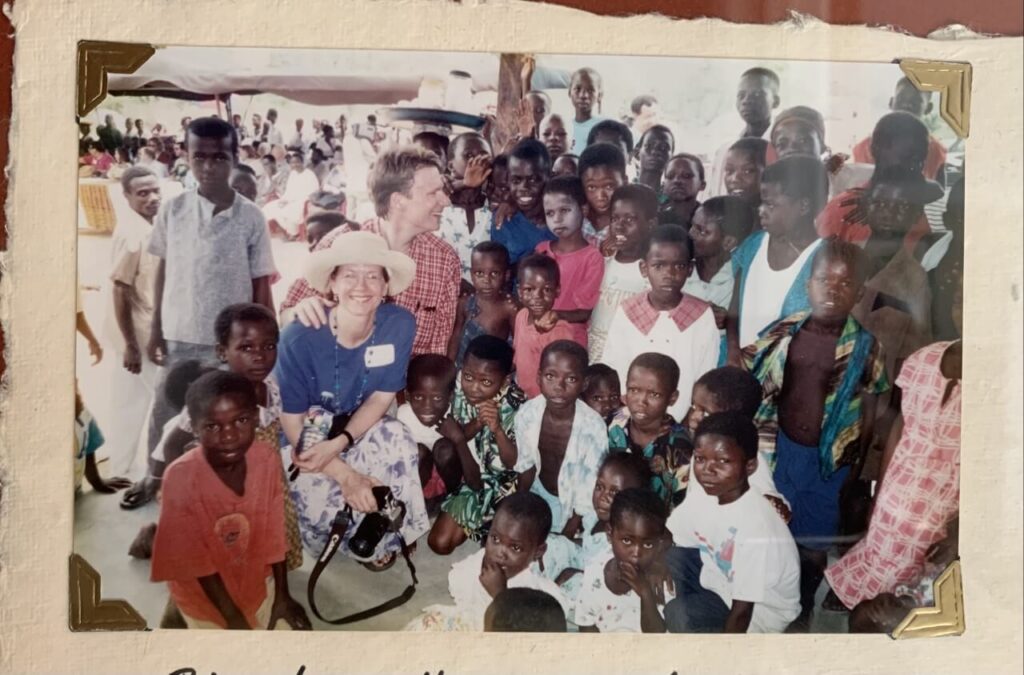
AAF: Who taught you how to give?
BW: Primarily, my parents taught me how to give. One of my brothers contracted polio when he was four years old. By the time I was born, my brother had been through six years of hospitalizations and surgeries. And while I think of my childhood as “normal,” I know that my parents made extraordinary sacrifices to care for all of their children but especially for my brother with his serious health problems.
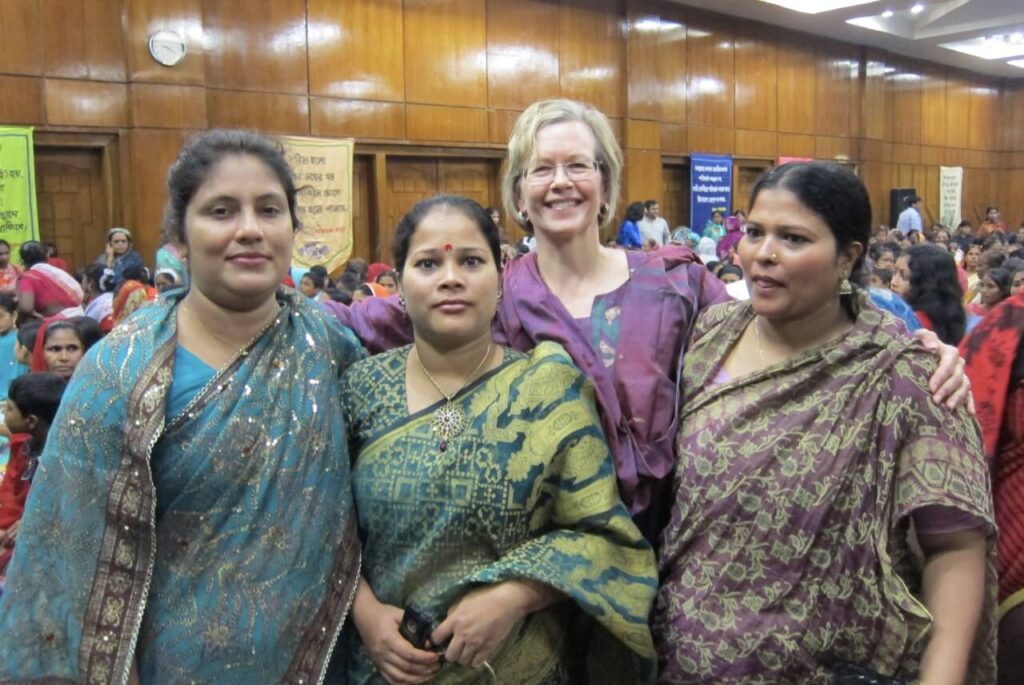
In addition to that, I was raised in the Catholic Church and I attended Catholic school for twelve years. Being conscious of and caring about others was a given in my Catholic education.
But when it comes to my adult life, I give credit to my husband for teaching me how to give. Jim is one of those rare individuals who understands that, by accident of birth, he was born into favorable circumstances while others were born into poverty. From a young age, Jim has been conscious of his blessings. Subsequently, he has spent the better part of 40 years supporting The Hunger Project. He was on their staff for 15 years as a Regional Director of Fundraising. I have been privileged to see THP’s work in several different countries and have listened to many conversations about funding it. My current thinking about giving is very much informed by The Hunger Project and my husband.
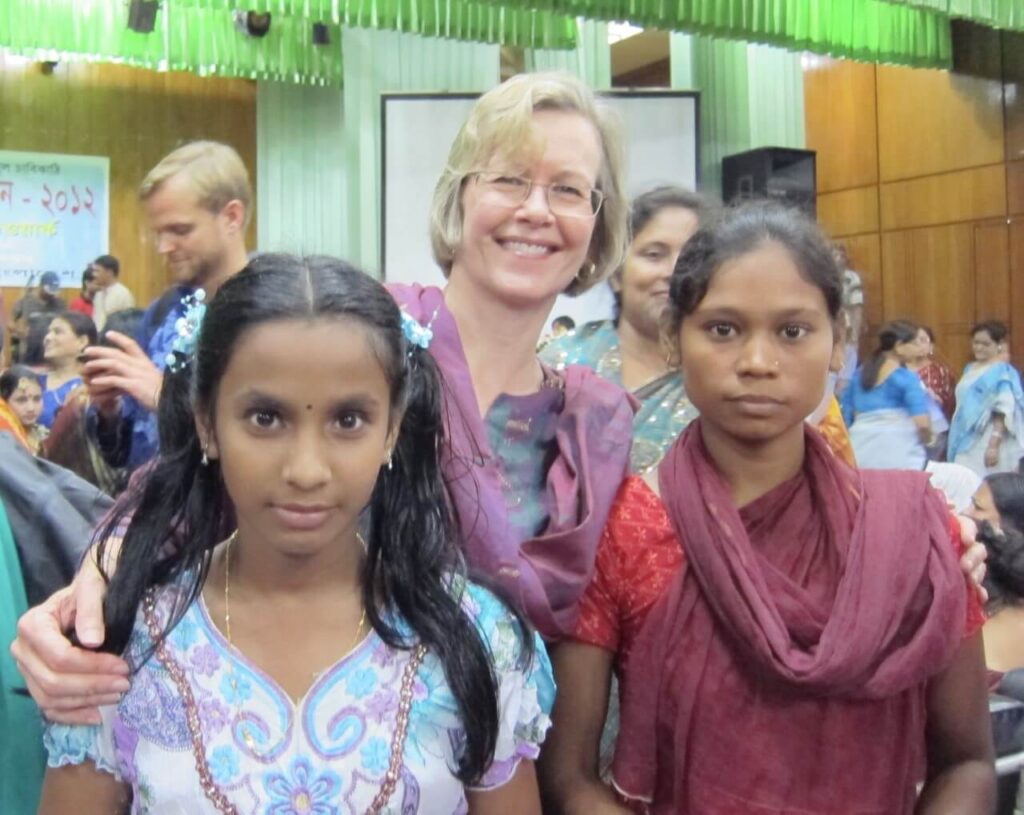
AAF: Who and what inspires you to be involved in what your community is doing?
BW: Who inspires me are the people who are doing the work and solving the problems. When I was involved with the Interfaith Campaign for the Homeless, I got to know people at every level of the effort to address homelessness in our community. I met people at the Amarillo Area Foundation, at many of the agencies which provided services, and even some of the women and men who received the services. I spoke with social workers, police officers, fundraisers, funders, agency executives, volunteers, and people recovering from drug and alcohol addiction, among others. I came to know and respect the people and understand how all the pieces fit (and sometimes didn’t fit) together. All of those people inspired me.
What inspires me is a desire to make a difference with my life. I think we all want our lives to matter.

AAF: What advice would you give to someone wanting to be more involved in philanthropy?
BW: Find something that you want to change, improve or help with. Get to know the issue or cause. Unless you want to start your own organization, find an existing organization to support. Ask questions. How does the program work? Is the organization improving the community I care about? How are they doing it? What can I bring to the table that will make a difference?
AAF: What motivates you to give in your community?
BW: The fact that I live here motivates me to give in my community. In my opinion, a responsible citizen participates in activities that make the community better for everyone.
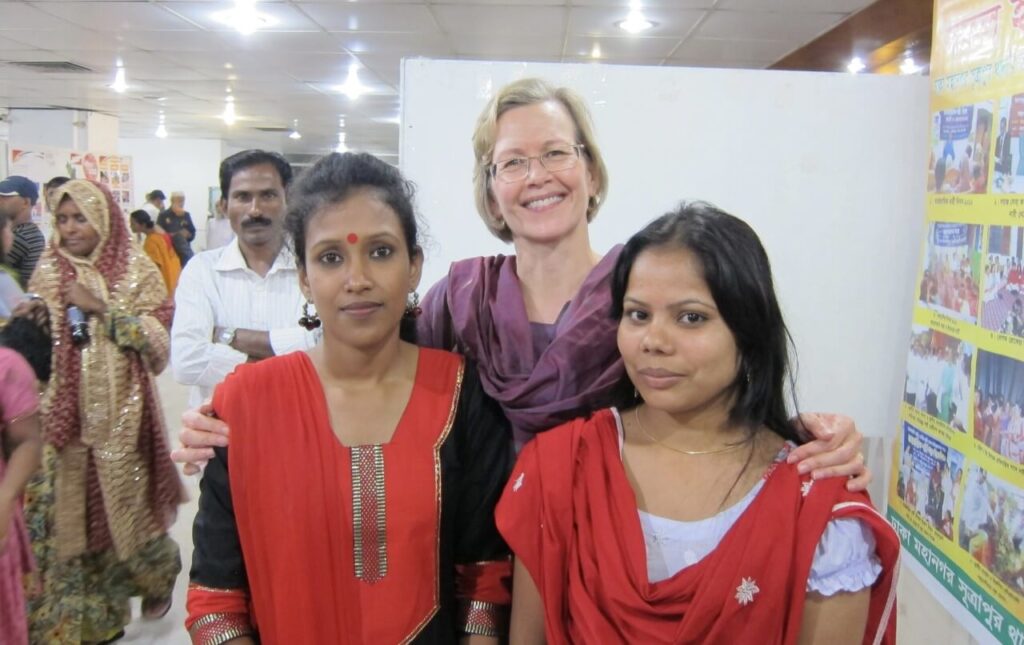
Furthermore, I’m a happier person when I’m being useful. When I have a purpose greater than myself, I experience life as more satisfying and fulfilling. I simply could not justify a life of total self-indulgence.
AAF: How does philanthropy make our community better?
BW: If more of us make an active effort to promote human welfare, we will have a stronger, safer, and healthier community. Since we do not live in isolation, everything that happens in the community has an impact on us whether we are conscious of it or not. It seems both obvious and imperative that we engage in philanthropy at a meaningful level.
AAF: What are our community’s strengths and weaknesses?
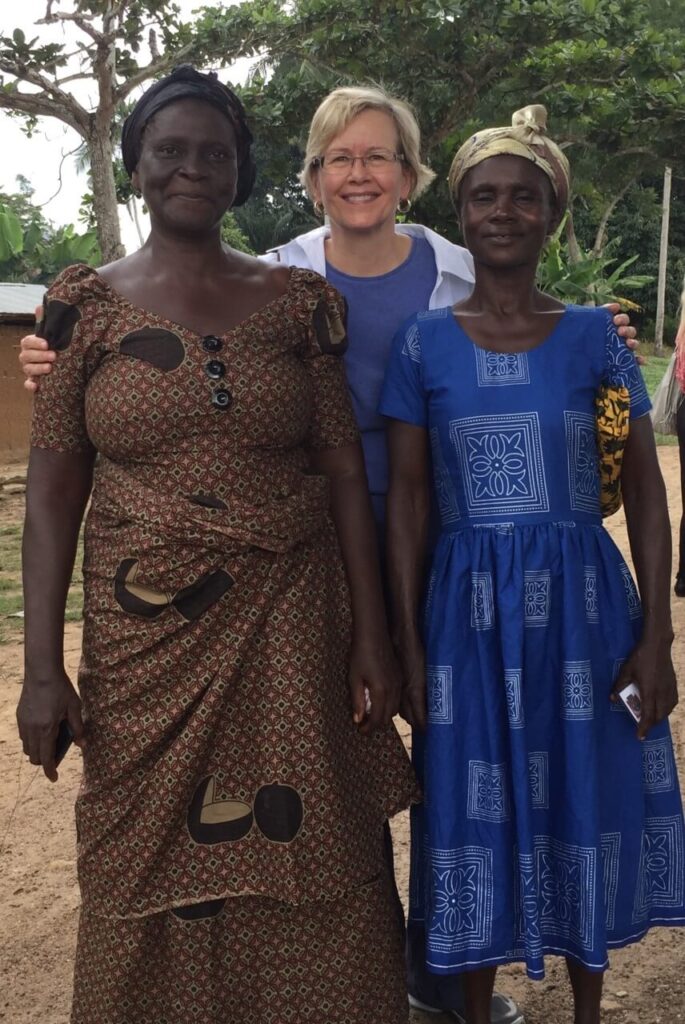
BW: Our strength is that there are so many people of good will who live here. Perhaps our weakness is that we need more people to be engaged with the issues that challenge our community.
AAF: My favorite thing about my community is…
BW: I like the size of Amarillo. It’s a very livable city. It is large enough to offer plenty of things to do and all the amenities a person really needs. But Amarillo is small enough that you don’t have to spend all day in a car. It is affordable. There are opportunities to interact with many different kinds of people. You can easily find a place to plug in. You have the ability to understand, more or less, how the parts make up the whole. You can wrap your arms around this city.

Learn more about how you can join women in philanthropy throughout the Texas Panhandle through the Women’s Philanthropy Fund. Learn more HERE
